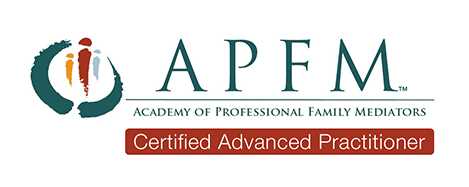By: Tess Worrell
 All parents struggle to build communication with their children. Yet, divorced parents face additional challenges. The time to connect is cut as children move between two homes. The layers of ongoing emotion cloud communication. Parents themselves often carry “guilt-baggage” into their interactions with children, making parents either: 1) afraid to say anything for fear of offending, or 2) being overly forceful in order to regain “lost ground.” Bottom line–most parents just want to relate well to their children. Here are some easy starting points:
All parents struggle to build communication with their children. Yet, divorced parents face additional challenges. The time to connect is cut as children move between two homes. The layers of ongoing emotion cloud communication. Parents themselves often carry “guilt-baggage” into their interactions with children, making parents either: 1) afraid to say anything for fear of offending, or 2) being overly forceful in order to regain “lost ground.” Bottom line–most parents just want to relate well to their children. Here are some easy starting points:
- Drop the “but.”Parents often try to combine compliments and corrections. “You did a great job cleaning the bathrooms, but you forgot to throw the towels in the laundry.” When there is a “but” in a sentence, children (and adults) usually hear only the part that comes next. Thus, the compliment is lost amidst the correction. No wonder parents are perplexed when children charge, “You’re always criticizing me.”
Instead: Separate the compliment and make the correction a suggestion. “You did a great job on the bathroom. Thanks for you help. Once the towels are in the laundry, you’ll be able to head to your game.” To be sure, kids need to do their jobs to the fullest. Honoring others means giving their best efforts, and parents need to set this expectation. At the same time, when parents always add a “but” to their remarks, children don’t hear what they are doing right and feel their efforts are never enough. Let the affirmation sink in. Then, add suggestions if the job isn’t complete.
- Change “why” to “what.” The word “why” puts people on the defensive even when the questioner is merely curious. “Why do you like the color blue?” forces the responder to validate his preferences. Defensiveness kills communication.
Instead: Ask a “what” question. “What do you like about the color blue?” moves the responder from defending a preference to openly communicating their thought process. This becomes even more significant when parents need to question a child’s choice or attitude. To ensure your child engages in the conversation, avoid opening with “Why didn’t you take out the trash as asked?” or “Why would you think sneaking out last night was OK?” Instead, create a path for their input with “What makes taking out the trash so difficult?” or “What were you thinking when you decided to sneak out?” CAVEAT!! Body language and tone matter. This can’t be an exasperated or furious “WHAT WERE YOU THINKING??!!!!” While a parent might be angry, the question needs to be asked in a tone of wanting to listen.
- Recognize child’s timetable. Parents often try to squeeze connecting with children between work appointments and their own interests. While obligations are real, children who feel that everything else matters more (when they feel they must be “fit in” around the truly important) clam up.
 Instead: Parents encourage connection by making children a priority, meaning parents make themselves available on child’s timetable. One mom noticed her oldest child had a window for talking that opened about 15 minutes after he arrived home from school. If she was in the kitchen, he would wander in, begin talking in monosyllables about the mundane, and then launch into what was really on his mind. When they shared that time, he was communicative for the rest of the night. If mom missed the window, he stayed quiet. Not rebellious or punishing, he just didn’t talk. While she couldn’t be there every day, she altered her work schedule to miss as few as possible. Arranging life to make connecting with children as important as connecting with clients lays a foundation of priority that encourages children to connect.
Instead: Parents encourage connection by making children a priority, meaning parents make themselves available on child’s timetable. One mom noticed her oldest child had a window for talking that opened about 15 minutes after he arrived home from school. If she was in the kitchen, he would wander in, begin talking in monosyllables about the mundane, and then launch into what was really on his mind. When they shared that time, he was communicative for the rest of the night. If mom missed the window, he stayed quiet. Not rebellious or punishing, he just didn’t talk. While she couldn’t be there every day, she altered her work schedule to miss as few as possible. Arranging life to make connecting with children as important as connecting with clients lays a foundation of priority that encourages children to connect.
Words matter. When time is crunched, they matter even more. As parents think about how they communicate with their children, they discover opportunities to connect–even in the midst of divorce.





